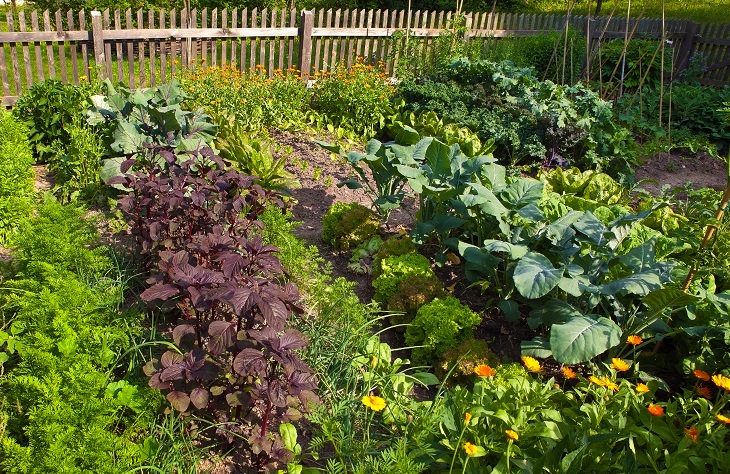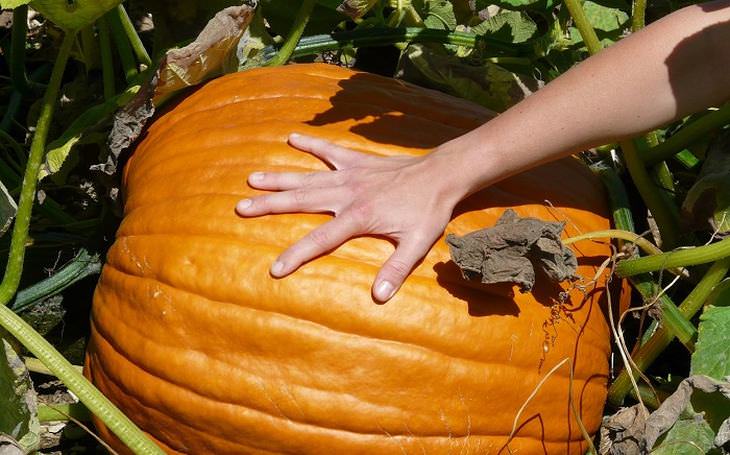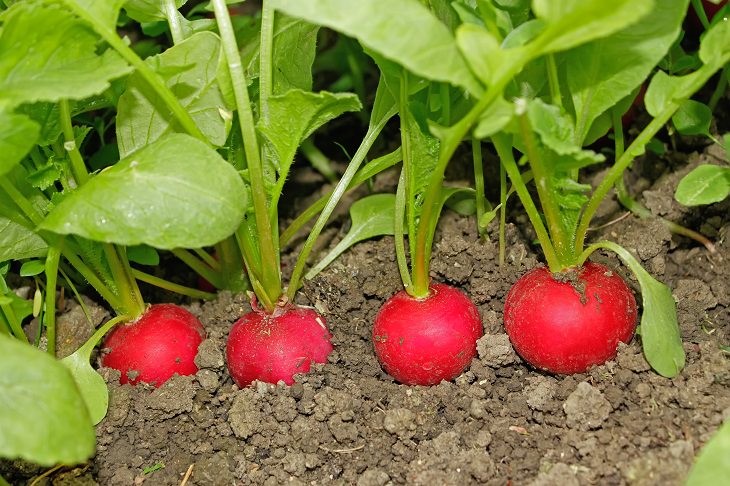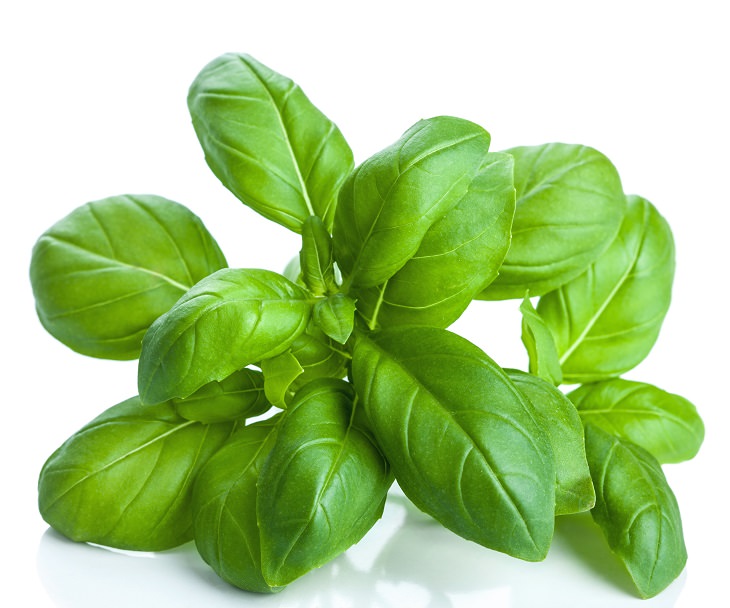

1. Use nature to fight bugs
You don’t need to use chemicals to keep bugs away from your crops. Planting marigold flowers not only yields attractive flowers, but it keeps pests away from tomatoes and cabbages. Purchase lady bug and preying mantis egg sacs from a garden supply store to fight garden pests organically. Release them in the garden during the spring. Similarly releasing spiders can also be beneficial as they can eat your human weight in bugs. You can also put up bird houses to encourage birds to nest in your trees. They can also help control the insect population of your garden.
2. Control weeds with newspaper, dried leaves, and mulch
Don’t let the weeds dig their roots deep into your vegetable beds. It can become hard to control them once they are embedded and their roots can get tangled with your vegetable plants. Get ahead of this problem by laying mulch around your plants once they have developed medium sized roots. Another solution is to surround the soil around the plant with bunches of dried leaves, preventing any small weeds from growing. It also helps to lay sheets of newspaper before you lay mulch or topping soil. This way weeds or grass can’t come through the mulch.
3. Use hanging baskets to grow cherry tomatoes
This tip works for gardeners and even those who don’t have much ground or live in apartments. By growing cherry tomatoes in a hanging basket, the tomatoes will be easy to pick as they grow downwards on the sides of the basket. Make sure the plants are well watered and to consistently harvest ripe tomatoes to ensure the plant keeps producing fruit.

5. Grow cucumbers with a trellis
Giving your cucumber plant space to crawl up a fence or onto trellis is beneficial for growth. They will yield far more cucumbers this way than growing them flat on the ground.
6. Aspirin for speedier seeding
If you want to grow a plant from a root or cutting in water, add aspirin to the water. Grind up the aspirin and add it to the water before placing the cutting in. This helps the cutting absorb the water and begin to sprout roots sooner.
7. A water gauge helps with irrigation
Many garden plants only require a few inches of water per week. Installing a rain gauge can help you ascertain whether the plants need additional water during rainy seasons. A general rule of thumb is that plants don’t need more water if the soil feels moist to the touch but probably do if the ground is dry and powdery. The best time to water plants is after the sun sets.
8. Gelatin for healthy radishes

9. Create an organic fertilizer with bone-meal, blood, and fish
During the growing season this mixture can be used to fertilize your vegetable and flowering plants. This fertilizer has the additional benefit of keeping rabbits and groundhogs at bay from your plants.
10. Plan with the sun in mind for tomatoes and peppers
These plants need an abundance of direct sunlight to thrive. Position them to receive 6 to 8 hours of direct sunlight each day. Bear in mind that they will not thrive in partial shade.
11. Coat your weed eater with cooking oil
If you like to cut down weeds with this handy machine, it can really help to coat the electric cord with vegetable cooking oil. This prevents the cord from getting stuck or tangled in the grass and you can get the chore over with quickly.

13. Use beer to deter slugs and snails
If you find your garden plagued by snails and slugs leave a small saucer of beer out at sunset. These creatures are attracted to the smell and drown in the liquid. The next day you can simply discard the contents into the garbage.
14. Give your plants a nutrient boost with left-over peels
Your vegetable scraps and fruit peels need never go to waste. Grind them up in the food processor and scatter this nutrient rich mixture around eggplants, pumpkins, tomatoes and peppers growing in the garden. This feed is especially great for peppers, which often produce bumper crops of peppers after this sort of fertilizer is added.
15. Banana peels for a tomato pick me up
Save your banana peels and let them dry outdoors. Use this dried skin to boost your tomatoes growth. You can plant the dried skins at the base of the tomato plants, and the nutrient rich skins bolster growth. If you want to speed up the process, you can puree the banana peels in a blender with a little bit of water and pour it around the tomato plant base.
Photos: depositphotos